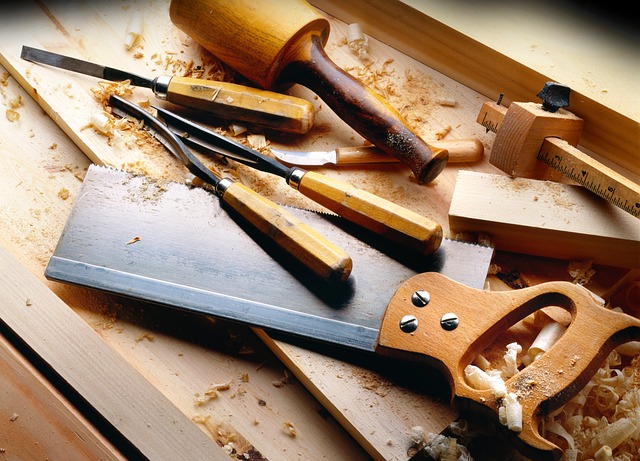Woodworking is a craft that requires a lot of skill, dedication, creativity, and patience. It involves turning raw materials into beautiful and useful objects, from furniture to decorations to toys. There are many different techniques used in woodworking, from sawing to joinery to finishing. No matter which method you choose, there are certain tips that all woodworkers should use to ensure the best results.
Select right tools
To start off your woodworking projects on the right foot, it is important to have the right tools for the job. Invest in good-quality saws, drills, and other equipment that will make your work easier and more precise. It is also beneficial to have a good selection of clamps and jigs to help hold pieces together while you’re working on them.
Be extra careful
When working with wood, always be aware of its grain direction when cutting or shaping it – it can make or break the finished product. Taking small measurements repeatedly can help you accurately cut and shape the material so that everything fits together perfectly in the end. You should also measure twice and cut once; this will keep you from making mistakes that could ruin your entire project!
Use strong glues
For joinery purposes, always use strong glues like epoxies or polyurethanes instead of weaker adhesives such as yellow glue or white glue. Doing so will ensure a stronger bond between pieces of wood that won’t come apart easily over time with wear and tear. When drilling holes for screws/bolts, pre-drilling with a smaller drill bit first is important. As this will prevent the splitting of the material due to too much pressure being applied at once by the larger drill bit.
Sanding
Another key aspect of successful woodworking projects is sanding – this process not only helps smooth out rough edges but also prepares surfaces for staining or painting. Start with coarse-grit sandpaper (such as 80-grit) and gradually move up to finer grits. Such as 150-grit until desired results are achieved; however, be sure not to sand too much! Too much sanding can cause irregular patterns on the surface which may need further attention afterward (i.e., touch-ups).
Final thoughts
Finally, when finishing pieces with varnishes or sealants use multiple thin coats rather than one thick coat; this will allow each layer time to dry correctly before adding another layer which will give you superior results in terms of glossiness and durability in comparison to using thicker coats which could result in an uneven finish with drips/runs caused by thicker layers drying at different rates.
By following these tips carefully you can achieve excellent results no matter what kind of project you’re undertaking – whether it’s making furniture for your home or creating decorative items for friends and family members!











